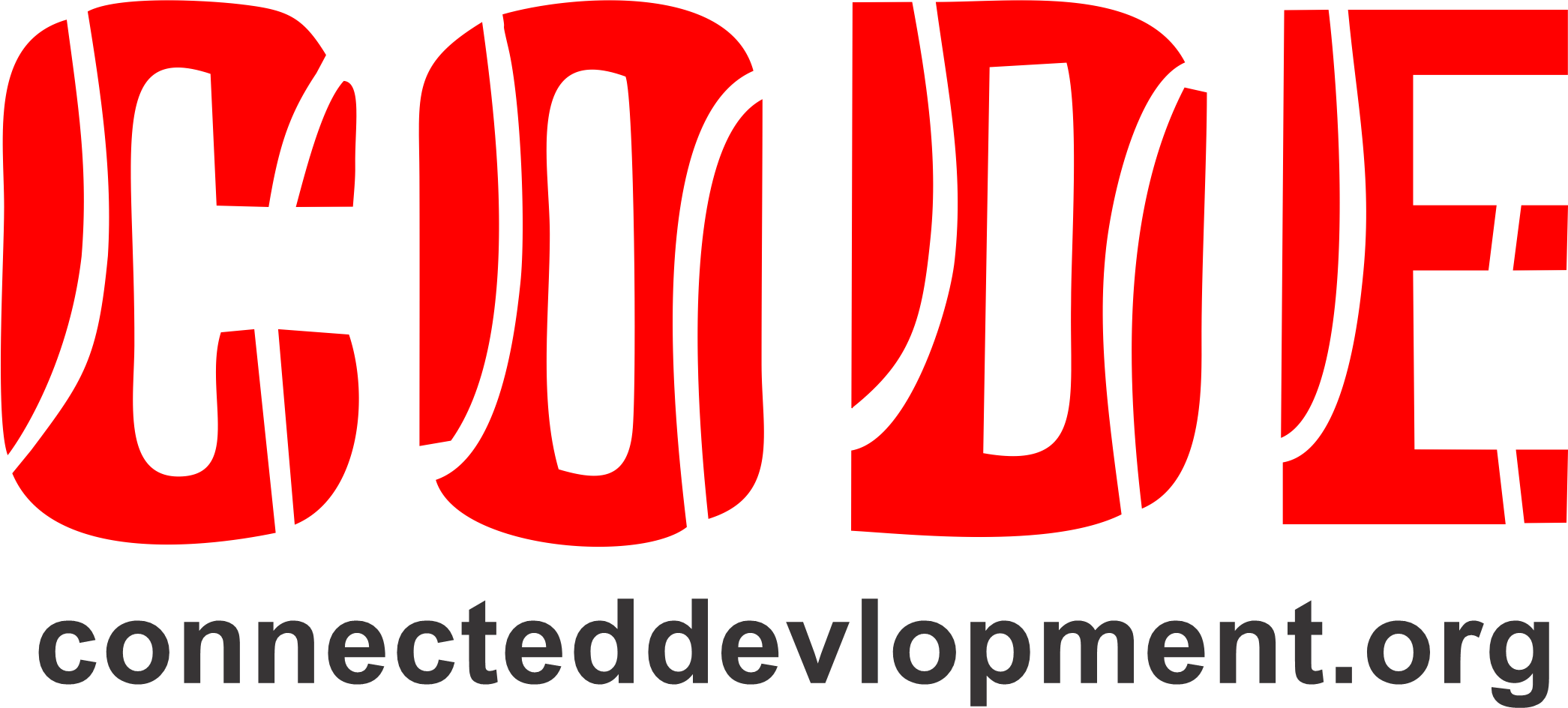The Border Town, Casted Away in the Sahara Desert – Jeke!
Have you wondered how communities in the Sahara get water? to use for personal purposes, and their livestock? To be candid, it can be a whole tussle, and frustration. But with recent innovations in Wind and Solar Energy, it should be a thing of the pass, but in Jeke, a border town with Niger Republic (On your cell-phone, an Airtel Subscriber will be switched to the One-Airtel roaming plan on receiving a welcome message from Airtel Niger), it is still the case, as the estimated 7,000 that inhabits Jeke wait every 3 days to have access to Water.
Jeke located in Sule Tankarkar LGA of Jigawa has 14 shelter belts, and most are predominantly farmers involved in dry crops.”You can get those big water melons here for 20 Naira, and when you get back to Abuja, maybe you will buy it for 600 Naira” explained Husseini, the Motor Bicycle Rider that took us through the sandy path that took us to Jeke. This community reminds me of Bagega in Zamfara State, with a wind propeller that powers the water points lightening up the village, and embedded within the orchard and nursery set out for the village to use in sustaining their tree plantations.
“This wind powered water tank provides water 3 times in a week only when the wind speed is high, but when it is not we cannot get water, and this could have been an alternative to the MDG solar powered tank we have in the community, which cannot serve all of us.The MDG powered solar tank constructed 2 years ago only gives water between 9am and 2pm, that’s why you see so many people carrying kegs around” explained Yakubu Magaji, a spokesperson for Jeke

The wind powered water tank in Jeke that supplies water to the orchard – The tank gets filled up only at high wind speed
Jeke alone, due to its border line with Niger enjoins most of the shelter belt line that the GGW initiated, but the continuation and sustainability of the project still lives many inhabitants of Jeke in the dark. “As you must have seen, the shelter belts are only growing on their own, without nurturing, and some are already getting dried up, as their are no forest guards around, we only took up the initiative in the hope that their will be continual support from the government” said Muhammad Hussaini the leader of the Men’s Development Association who also went for a training in Kano on sustaining the GGW project.
A noteworthy plan for the GGW was the cash transfer system which will allow these association or cooperatives of farmers to have direct access to cash in their bank accounts to use in sustaining and localizing the GGW but the beneficiaries haven’t seen the plan grow into implementation. “We have submitted our bank accounts to the government since this started a year ago, but no amount has been transferred to the account, and so how do we trust the government if all this promises are failing” lamented Hussaini as he explained further.
While one wonders what will happen to the 5 – 20 hectares of land that was used for this project, the locals claimed it was their land, and that although the government paid tokens for some of the land used, it still has some pending cases of land acquisition for this project in Jeke to be settled. “Aside the issue of Water which remains pertinent for our people to survive, it should be noted that there are three people in our community that have not been duly compensated for their farmlands that was used for the orchard, it will be pleasing for the government to fulfill their promises”. Adiu Hassan exclaimed
When the Follow The Money team embarks on community outreaches like this, we endeavour to meet with policy makers as well to get insights into some of this projects, but at times, you get some shocking response, just like in Jigawa state.”We will not be able to entertain any question fro your team, as we do not have directives from the Federal Ministry of Environment to talk to you, and also we advise you do not visit the communities, as you might be instigating them” cautioned Hilary Ammani, Director, Desertification and Forestry for the Federal Ministry of Environment. But as much as we get disturbing responses like this, so also do we have comforting ones “We have attached a representative who will take you around the shelter belts in Gumel and Jeke, but we can inform you that the GGW has made its little progress in that it is only a year old, and for some months now, there has not been follow up, because of the change in government, but we assure you of our cooperation” Hamisu Ahmed representing the State Forestry Services Department.

The FTM Team with the Forestry Department Representative at the Shelter Belt in Jeke. Trees here include Neem, Senegal Acacia, and the Doum Palm
Many times, we intend to create the missing feedback loop between the government and the people, while amplifying the voice of this lurked away communities like Jeke. As the following months will pass by, we will be engaging the people and its government on how to break these barriers that stand between empowering this communities. No doubt, more can still be done on the side of the government to make water available in Jeke!


